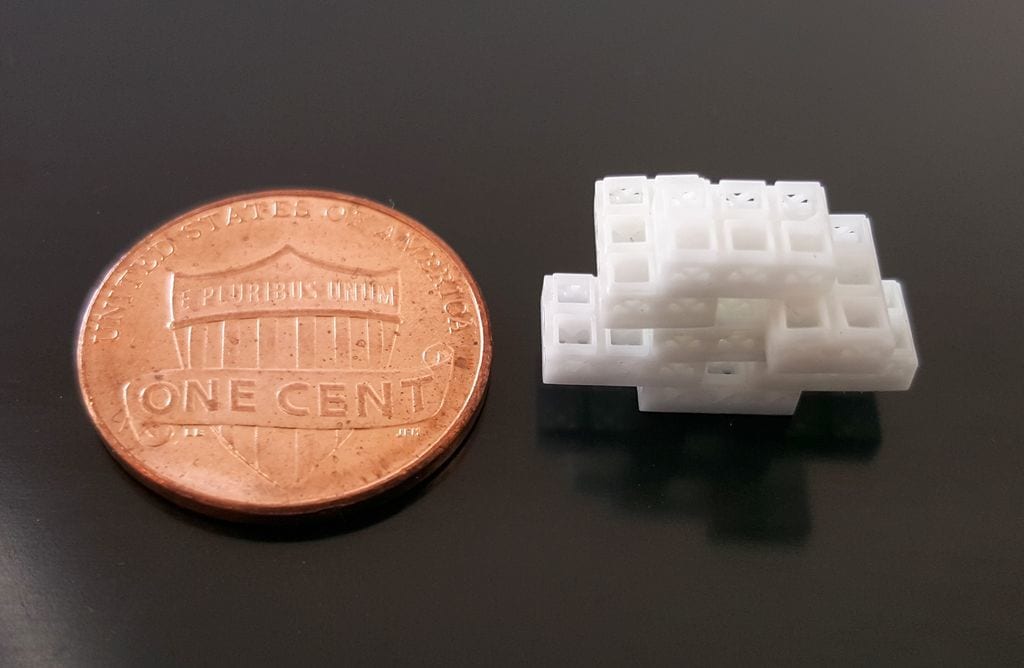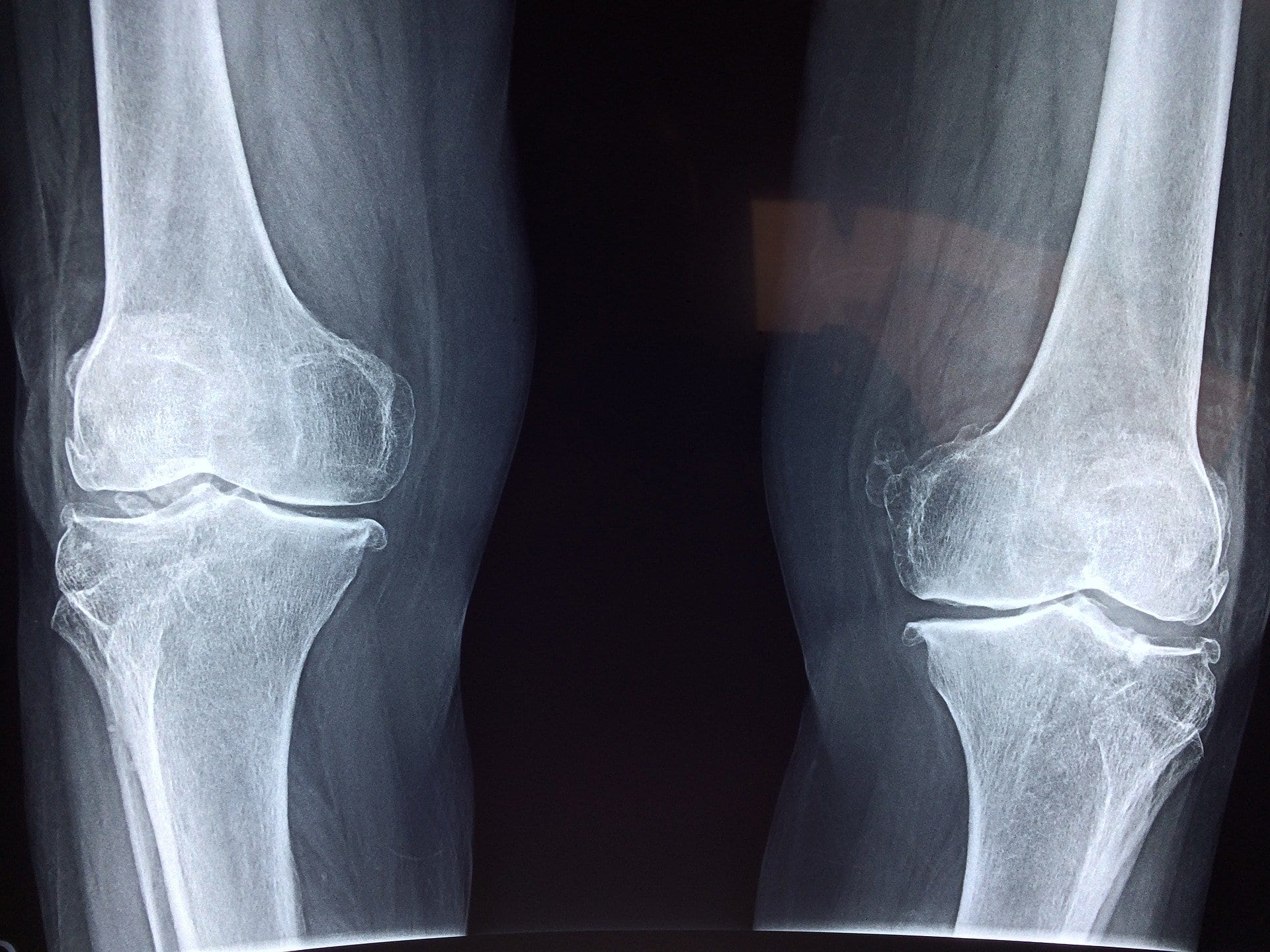Experts recommend paying attention not only to weight, but also to the WWI index to assess the risk of fragility fractures in adults.
A new index is emerging as a useful tool for predicting risk fragility fractures in adults: it is the WWIan acronym that stands for Waist-Weight Index. It relates waist circumference to the square root of a person’s weight, thus providing a more accurate assessment of body fat mass distribution than BMI.
A recent Chinese study published in Journal of Orthopaedic Surgery and Research examined the correlation between the WWI index and the risk of fractures in adults, using information from the US public database relating to the “National Health and Nutrition Examination Survey” program. The results demonstrated that the increase in the WWI index is related to an increased risk of hip and spine fractures. In particular, each point higher than the WWI index increases the probability of a hip fracture by 5% and that of a spinal fracture by 9%.
Additionally, the study found that people with low education were more likely to suffer fractures, particularly of the hip. The researchers also identified some typical characteristics of the subjects at risk: they are often women of Mexican ethnicity, elderly, with low education and income, unhealthy habits such as smoking and a potentially inflammatory diet and associated chronic diseases such as diabetes.
Osteoporosis and bone fragility are an increasingly common problem in the aging population, therefore the discovery of a predictive index such as the WWI could be of great help in identifying the risk factors and prevent fragility fractures. The validity of this index has already been demonstrated in previous studies in which it showed a greater predictive capacity than the BMI in identifying patients at risk of death from cardiovascular disease.
Obesity represents an important risk factor for health in general, but the BMI has some limitations that limit its accuracy in assessing the risk of fractures and systemic diseases. The use of the WWI could therefore represent a turning point in the identification of risk factors and in the prevention of fragility fractures.



